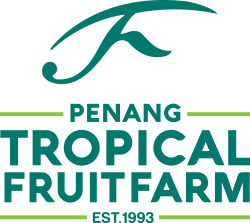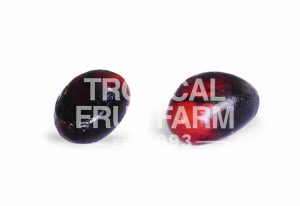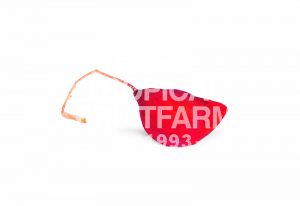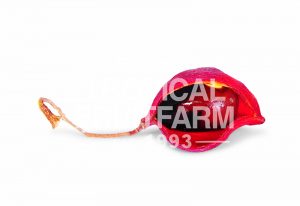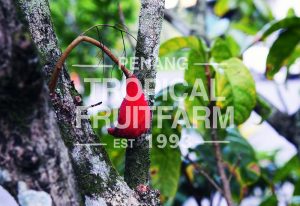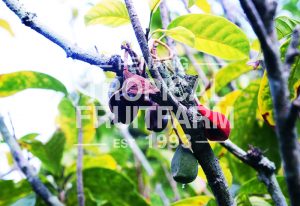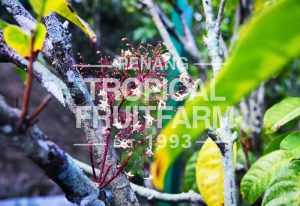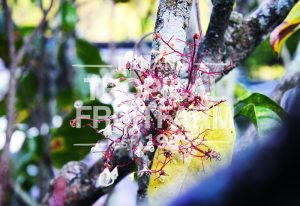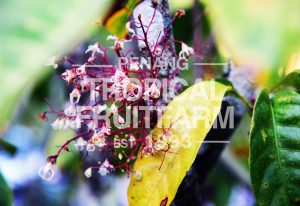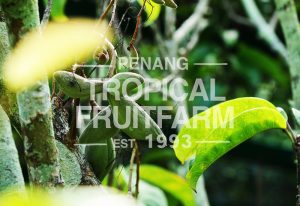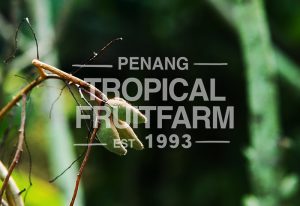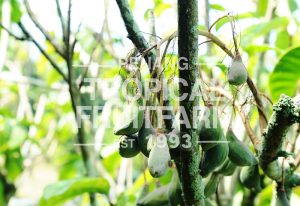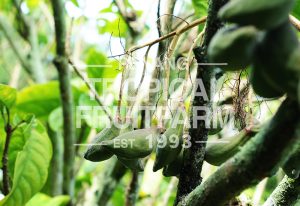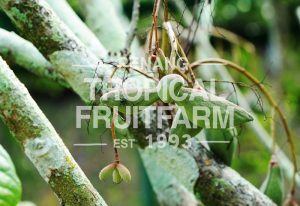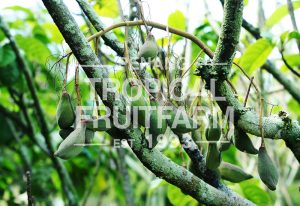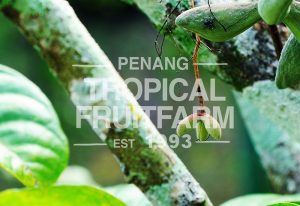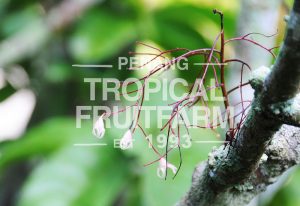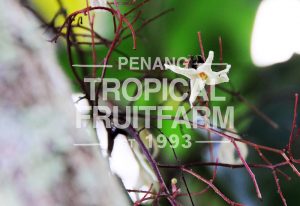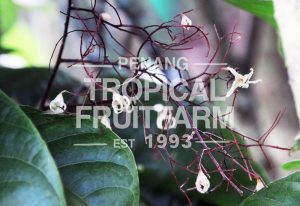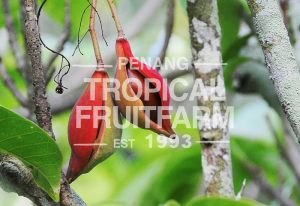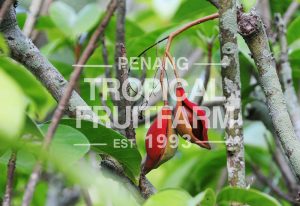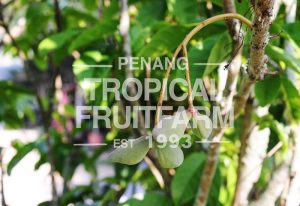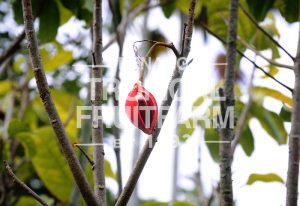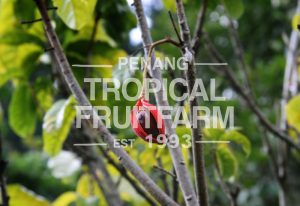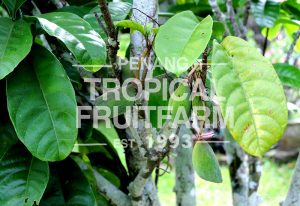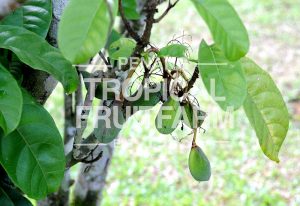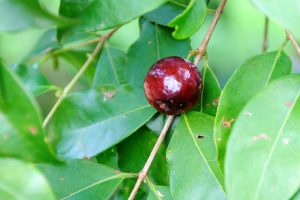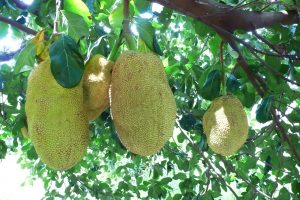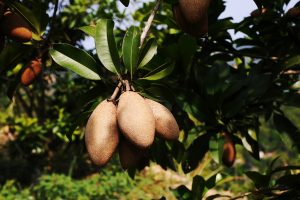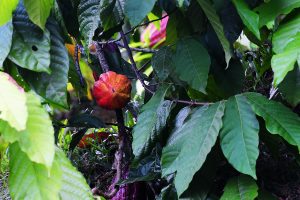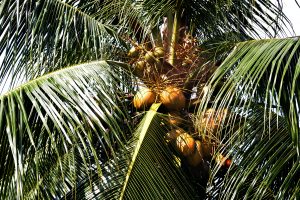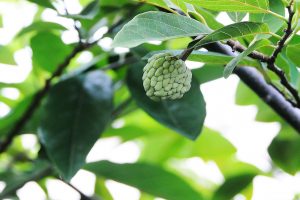| Origin | The European chestnut is a native of Southern Europe, Asia Minor and North Africa. The Japanese chestnut is originally native to Japan and South Korea. The Chinese chestnut is native to China. The American chestnut is native to eastern North America. |
| Description | Chestnuts have a glossy, mahogany-coloured thin, tough shell, and the nutmeat has a mild, subtle flavor. They are delicious roasted and eaten while still warm. |
| Growth Habitat | Moist continental climate or temperate zone. |
| Foliage | The leaves are simple, ovate or lanceolate, 10–30 cm long and 4–10 cm wide, with sharply pointed, widely spaced teeth, with shallow rounded sinuates or curves between. |
| Flowers | The flowers occur in large clusters at the ends of the fully expanded new growth. The creamy, filamentous male flowers or catkins shed pollen on the nearby female flowers. Some find the strong odor from its flowers unpleasant. |
| Fruits | The chestnut fruit is enclosed in a brown husk with green hair-like spines that remain concealed until the fruit ripens and splits open. The size and flavor of the nut varies depending on the type of tree. Usually, there are three chestnuts inside the spiky fruit. |
| Harvest | For the best quality and size, chestnuts should ripen on the tree until they fall, and then harvested promptly (the quicker the better), then cooled and aired. |
| Soil | Chestnut trees grow best in a soil with good drainage and adequate moisture. The tree prefers sloping, deep soils. The Chinese chestnut prefers a fertile, well-drained soil, but it grows well in fairly dry, rocky, or poor soils. |
| Pruning | Prune chestnut trees to not more than 30%, to maintain the health of the tree and they should be pruned in their first five to 10 years to maintain a nice shape. |
| Fertilization | American chestnut trees benefit from annual applications of NPK 30-10-10 or 20-6-6 fertilizer or one that can be tailored to the specific tree and site needs by a soil test if there is doubt about the soil condition. |
| Propagation | Seeds are generally the method of propagation, and the success rate is really high - the other method is meristem tissue culture that is also used to propagate orchids. |
| Nutritional Properties | 100g of raw, peeled chestnuts have 44g of carbohydrates, 11g of sugar, 1.3g of fat, 1.6g of protein, 60g of water, 40.2mg of Vit C, 0.352 of B6, 58 µg of folate, 0.144 of Thiamine, small traces of magnesium, potassium, iron, niacin, phosphorus, zinc and other minerals and vitamins. |
| Health Benefits | Chestnuts, unlike other nuts and seeds, are relatively low in calories; contain less fat but are rich in minerals, vitamins and phyto-nutrients that benefit health. Chestnuts are mainly made of starch when compared to other seeds and nuts, which are high in calorie, protein, and fat such as sweet potato, sweet corn or potatoes. Nevertheless, they are still good sources of minerals, vitamins and some good-quality protein They are a good source of dietary fiber; provide 8.1 g (about 21% of RDI) per 100 g. Fiber diet helps lower blood cholesterol levels by limiting excess cholesterol absorption in the intestines. Chestnuts are exceptionally rich in vitamin-C. 100 g nuts provide 43 mg of vitamin C (72 % of DRI). Being a strong anti-oxidant, it offers protection from harmful free radicals. Again, as in green-leafy vegetables, chestnuts are rich in folates, which is quite unique feature for nuts and seeds. 100 g nuts provide 62 µg of folates (or 15.5%). Folic acid is required for the formation of red blood cells, DNA synthesis. They are rich source of mono-unsaturated fatty like oleic acid (18:1) and palmitoleic acids (16:1). Studies suggest that monounsaturated fats (MUFs) in the diet help lower total as well as LDL (bad cholesterol) and increase HDL (good cholesterol) levels within the blood. The nuts are an excellent source of minerals such as iron, calcium, magnesium, manganese, phosphorus and zinc, besides providing a very good amount of potassium (518 mg / 100 g). Potassium helps counter hypertensive action of sodium, lowers heart rate and blood pressure. Iron helps prevent microcytic-anemia. Magnesium and phosphorus are important components of bone metabolism. Further, they are also rich in many important B-complex groups of vitamins. 100 g of nuts provide 11% of niacin, 29% of pyridoxine (vitamin B-6), 100% of thiamin, and 12% of riboflavin. Chestnuts, like hazelnuts and almonds, etc., are free in gluten and are often used in the preparation of gluten-free food formulas for gluten-sensitive, wheat allergy, and celiac disease patients Chinese chestnuts (C. mollissima) are good in vitamin A; provide 202 IU per 100 g. |
| Commercial Uses | Chestnuts can be eaten raw, roasted or deep-fried. They can be dried and milled into flour to make breads, cakes, polenta or thickener for soups. Chestnuts can be candied, boiled, steamed, grilled or roasted and used in sweet or savory dishes or used as stuffing for vegetables or poultry. It can be used as animal fodder or litter. The timber is used for furniture, fencing or vinegar barrels, for attracting wildlife and as a natural tannin for leather. |
| Food Suggestion | Roasted Chestnuts Prep: 30 mins Cook: 40 mins Serves: 16 Ingredients: - 450g chestnuts - 4 tablespoons butter - salt to taste - 1 pinch ground cinnamon Preparation method: 1. Preheat oven to 190 C. 2. Cut a 1 cm cross on the flat side of each chestnut. Be sure to cut through the chestnut's shell to prevent the chestnut from exploding. 3. Place the chestnuts in a shallow roasting tin and roast for 25 to 30 minutes. 4. Allow to cool and peel off the chestnuts' shells. 5. Place chestnuts in a frying pan with butter and saute over high heat until the butter is melted and the chestnuts are well coated. Place pan in oven and roast until they are golden on top. Sprinkle with salt and cinnamon. |
